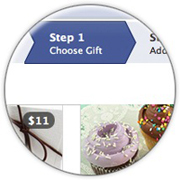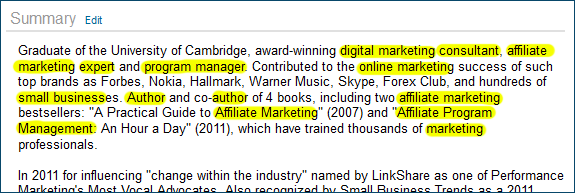 Having saved $1.5 million on airing their commercial (which was hardly even a “commercial”!) after the Super Bowl (versus during the big game), and spending this money on a “prize fund,” Esurance certainly did something innovative, as well as bridged the gap between the offline (TV) and the online (Twitter, YouTube, website), and also reaped some interesting results. The online stats that the ad campaign yielded were disclosed by their agency Leo Burnett earlier this week.
Having saved $1.5 million on airing their commercial (which was hardly even a “commercial”!) after the Super Bowl (versus during the big game), and spending this money on a “prize fund,” Esurance certainly did something innovative, as well as bridged the gap between the offline (TV) and the online (Twitter, YouTube, website), and also reaped some interesting results. The online stats that the ad campaign yielded were disclosed by their agency Leo Burnett earlier this week.
Here’s what they tell us of the prices Esurance paid versus what these results normally cost:
- Hashtag price: $0.28 per use (based on 5.4 million uses of the #EsuranceSave30 hashtag) versus $? (I couldn’t find any data on this one)
- Twitter impression: ¢0.06 per impression (Esurance received 2.6 billion social impressions) versus the $3.50 CPM as quoted in Larry Kim‘s post on Search Engine Journal;
- Twitter follower: $5.75 per follower (they’ve had 261,000 new followers join the official Esurance Twitter account, yielding an increase of nearly 3,000%) versus the Twitter Promoted Account ad’s “recommended bid” range of $1.50-$2.20 per follower as quoted by Lisa Raehsler in her recent Search Engine Watch article;
- YouTube view: $4.52 per view (they reported 332,000 views of the Esurance commercial on YouTube) versus $0.045 per view that Matthew Peneycad‘s test buy of YouTube TrueView ads yielded (more on Social Media Today), and the $0.07-$0.08 range that I’ve seen quoted elsewhere.
Within the first hours of the sweepstakes they also had a 12x spike in website visits to the Esurance’s site. But for this one, we are missing some other important pieces of the puzzle (e.g.: the exact number of newly-acquired visitors, and/or the conversion rate at which these visitors turned into Allstate customers) to make any sensible conclusions.
Of course, the above calculation is based on very simplistic math (merely dividing the $1.5 million by the number of results yielded automatically excludes all the other results from the ROI) and limits itself only to the results registered during the campaign (i.e. before the prize is awarded). It does not and cannot (yet) measure the post-campaign effect, or the brand benefit(s). Nonetheless, however, the Esurance case yields some interesting food for thought that marketers may want to keep in mind when putting together their TV-to-social/online initiatives.
What do you make of this? Was this a successful campaign? Would you go the same route had you had the $1.5 million to spend on a marketing campaign? If not, what would you do differently?

 the friend would have to pay for the gift. That’s the whole point of the exercise. Long gone are the days when we all wondered how (wasn’t the better question “when”?) Facebook is going to monetize their massive membership base.
the friend would have to pay for the gift. That’s the whole point of the exercise. Long gone are the days when we all wondered how (wasn’t the better question “when”?) Facebook is going to monetize their massive membership base.












